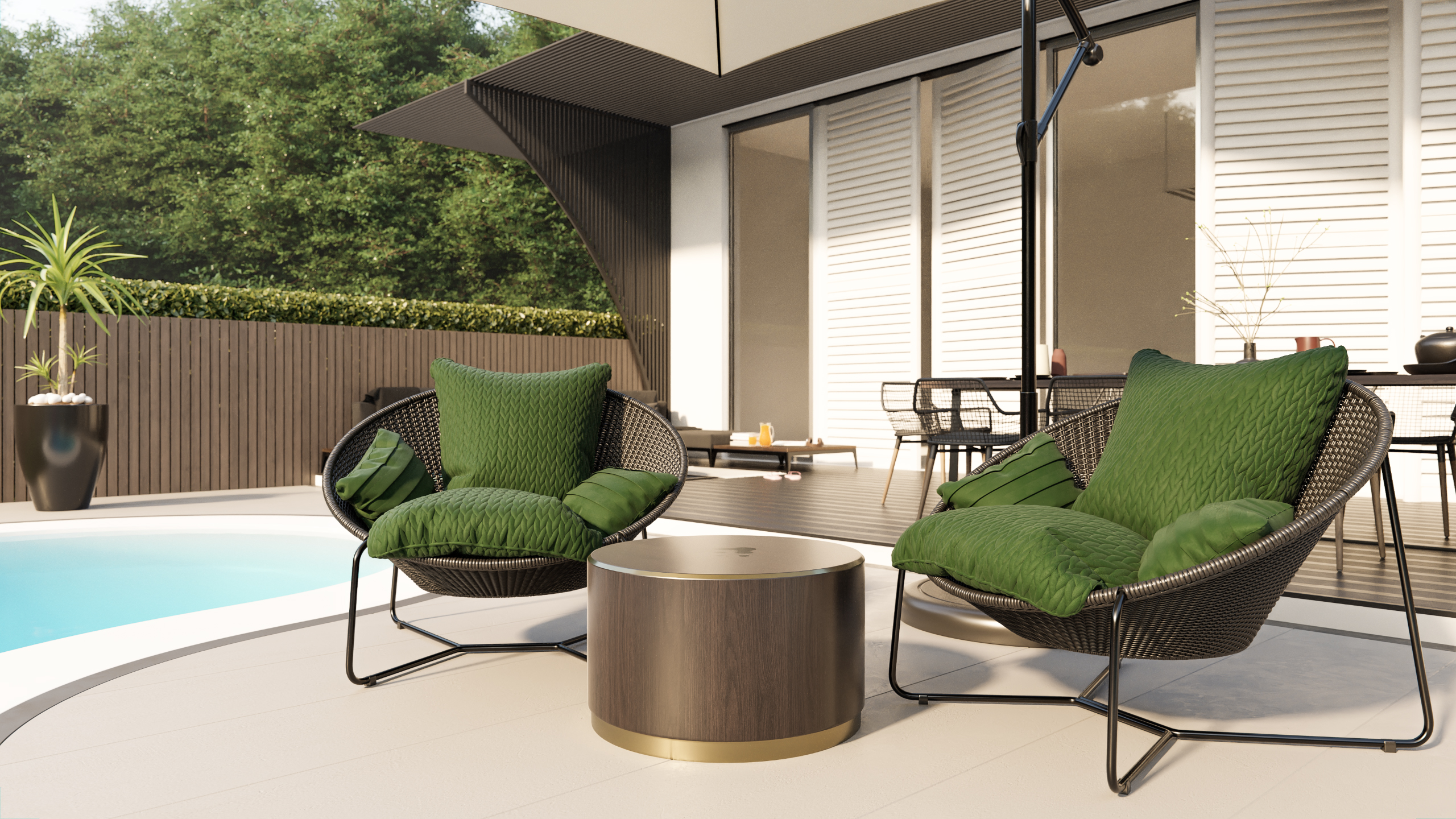

#Luxcorerender tutorial full#
Read a full list of new features in LuxCoreRender 2.3 and BlendLuxCore 2.The VR Dream, a short animation by freelance artist Damien Monteillard, rendered in LuxCoreRender 2.6. BlendLuxCore 2.3 is compatible with Blender 2.80+. LuxCoreRender 2.3 is available under an Apache 2.0 licence for Windows, Linux and macOS. Most of the new features from the core renderer are also supported in BlendLuxCore, with the notable exception of glTF export.
#Luxcorerender tutorial update#
The 2.3 update also speeds up export of scenes with large number of instances or particles: the release notes cite a decrease in export time for a scene with 100,000 particles from 33 to 1.3 seconds. There is also a new OpenVDB node, making it possible to use OpenVDB volume caches generated by applications other than Blender, support for image sequences, and a new TimeInfo node.

Other lighting and rendering changes include the option to set lighting intensity in lumen or candela, and the option to make objects invisible in LuxCoreRender renders, but visible to other render engines. New in BlendLuxCore 2.3: better Cycles support, new OpenVDB node, support for image sequencesīlendLuxCore 2.3 continues work on making materials, lights and cameras from Blender’s native Cycles render engine compatible with LuxCoreRender, adding support for “basic” world and light settings. It is now possible to use the PhotonGI caustic cache – there are separate caches for direct lighting, indirect lighting and caustics – only for SDS paths, and light tracing for normal caustics. There are also improvements to displacement, subdivision and the new PhotonGI cache system for caching global illumination added in LuxCoreRender 2.2. The update also adds support for exporting LuxCoreRender scenes in glTF format, including the option to bake transparency, caustics and the shadow catcher as textures.
#Luxcorerender tutorial software#
New features in the core renderer include support for triplanar mapping, now increasingly widely used in DCC software to make it possible to texture 3D geometry without the need for a UV map. New in 2.3: triplanar mapping and glTF export with texture baking The 2.0 release also reduced the number of DCC tools into which the renderer is integrated: whereas LuxRender used to have plugins for a range of apps, LuxCoreRender only supports Blender. It’s a physically based render engine with a range of production features and, as of LuxCoreRender 2.0, supports hybrid C++/OpenCL rendering on CPUs and GPUs. Some world and light settings from Blender’s Cycles engine are also now supported in LuxCoreRender.Ī hybrid CPU/GPU unbiased render engine, formerly known as LuxRenderįormerly known as LuxRender, LuxCoreRender was rebooted last summer with a change of name, a new project website, forum and online documentation. The LuxCoreRender team has released version 2.3 of the open-source physically based renderer, adding support for triplanar texture mapping, glTF export and improved displacement and subdivision.īlendLuxCore, the Blender integration plugin for the renderer, gets a new OpenVDB node, support for image sequences, and better performance on scenes with large numbers of particles or instances. A scene exported from LuxCoreRender via the renderer’s new glTF export feature.


 0 kommentar(er)
0 kommentar(er)
